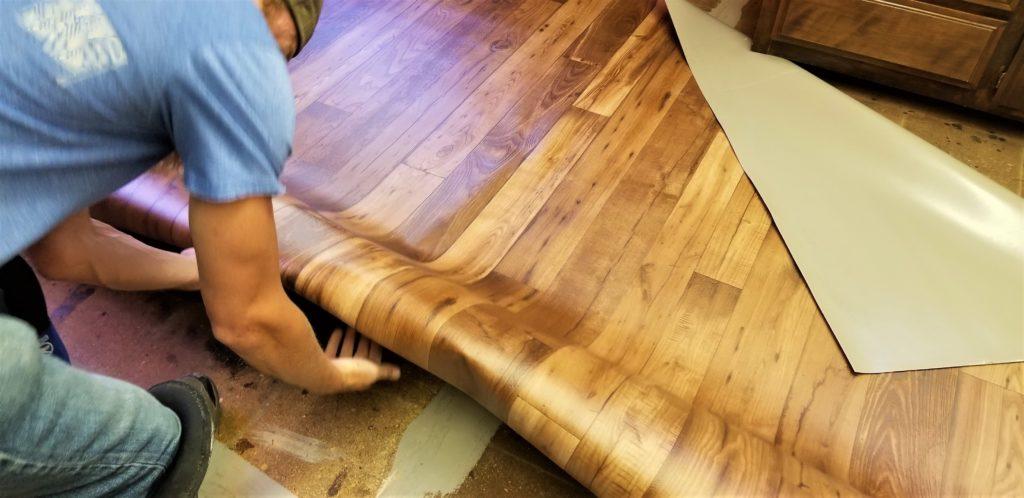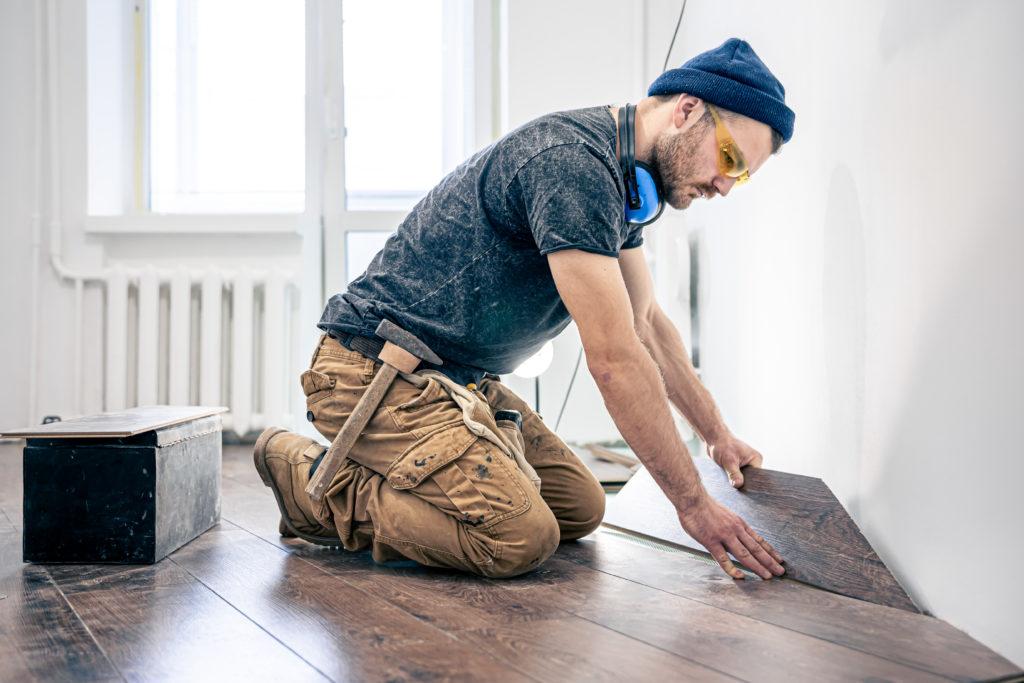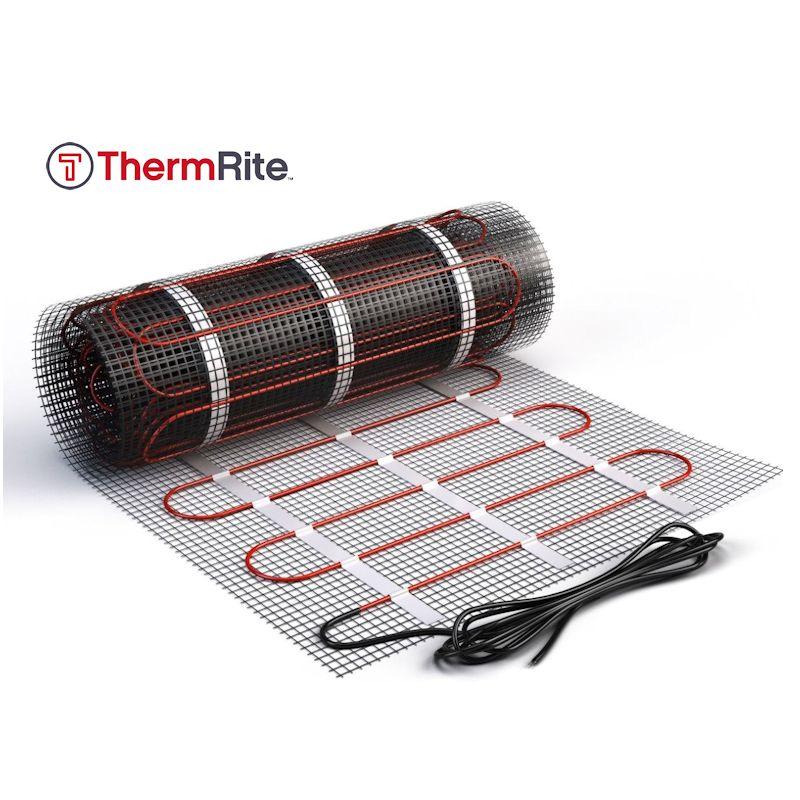Contents
- Introduction
- Ceramic Tiles and Stone
- Engineered Wood
- Vinyl
- Carpet
- Polished Screed and Synthetic Resin
- Laminate
- FAQs
- Conclusion
Introduction
Underfloor heating is growing popular amongst homeowners for its comfortable atmosphere, even heat distribution, and green heating methods.
These are becoming increasingly recognized since they are cost-efficient, user-friendly, energy efficient, and a good solution for high energy costs.
It is an excellent way to keep the home warm and cosy. So when opting for underfloor heating in their home, choosing the right flooring plays an important role in underfloor heating systems.
There are several floorings to choose from for an UFH system, and it is important to know which might suit your needs.
Here’s the type of flooring that is essential for UFH.
Ceramic Tiles and Stone
Ceramic tiles and stones are considered the best type of flooring to use for underfloor heating. Ceramic tiles and stone possess the highest thermal conductivity making them a popular choice for UFH.

Their high thermal conductivity immediately helps the heat from the underfloor heating pipe or wire transfer to the floor surface. Since they can retain heat well, it makes the underfloor heating system efficient.
This makes them a good choice for UFH in high heat loss areas such as bathrooms, kitchens, or conservatories. The tiles and stones can be heated up to 29°C giving a high heat output of about 200W/m².
Overall they can provide evenly distributed heat as well as a high-end and stylish finish.
Engineered Wood
Wood has also gained popularity for its ability to perform well with changing floor temperatures. Wood is mostly known as an insulator, so using the correct type of wood is essential so it does not block the heat.
Engineered wood is the most appropriate choice in this matter because it has good structural stability that works well with underfloor heating. It has a timeless finish, transfers heat well, and adds an aesthetic warmth to the room.
Moreover, engineered wood has good conductivity and is thick enough to withstand the constant fluctuating temperature as compared to different types of wood.
Vinyl
Vinyl is also an ideal flooring to use for underfloor heating systems. It is adaptable to heat and is much for affordable options amongst UFH floors. Vinyl is naturally quite warm, and it conducts heat well.

A thin layer of vinyl flooring can make good underfloor heating since it spreads throughout the surface almost immediately to heat the room. Vinyl is great for homes with lower heat requirements of up to 27C.
It also immediately gives a luxury finish to the surface and amps up your home’s interior design. Vinyl flooring is also super hard-wearing, making it great for high-traffic areas such as the kitchen or bathrooms.
It’s easy to clean and can withstand impact. It is also a great option for people who want an affordable option for underfloor heating but do not want to compromise on quality.
Carpet
Carpet can also be used for underfloor heating with the right material so it does not act as an insulator or block the heat. Thick carpets should be avoided because they can prevent the heat from warming the room.
Carpets with a tog rating of less than 2.5 are the best carpets to use for underfloor heating systems. These carpets can create a cozy atmosphere because of their soft and comfortable feel underfoot.
Polished Screed and Synthetic Resin
Polished screeds and synthetic resin are yet another great flooring choice with underfloor heating because they offer a good heat transfer, which is quite hard to achieve with other floor coverings. They are heat conductors which makes them ideal for underfloor heating.
Polished screeds and synthetic resins are thermal stores that hold and release heat from the underfloor heating surface. Overall they evenly transfer heat, store heat for longer periods, and have a modern finish. They are best to use in living rooms, bedrooms, and even bathrooms.
Laminate
Laminate is also among the popular choices for underfloor heating because of its aesthetic finish and ability to mimic wood flooring.
Laminate flooring has a core made out of high-density fiber, which provides stability. This prevents laminate from warping under temperature changes in underfloor heating.

Laminate flooring is easy to clean, easy to lay, and affordable as well. It is also great for summers because it remains cool when the underfloor heating isn’t turned on.
Overall, laminate flooring is best suited for kitchens and bathrooms since its stability and functionality make it great for busy rooms in the house.
FAQs
How Soon After Installing the UFH Can the Floor Covering Be Laid?
Since the underfloor heating consists of looped cables which are embedded into the screed, it is recommended to wait at least 4 to 7 days for the screed to dry completely before laying any flooring. Otherwise, the floor covering can be ruined in the first few months of usage.
However, in cases of dry underfloor heating, the floor coverings can be laid immediately after installation.
How Long After Laying the Floor Covers Should I Wait Until Turning the UFH On?
According to the rule of thumb, it is recommended to wait around for at least a week before turning on the underfloor heating after laying the flooring. One can also refer to their manufacturer when to turn on the heating process since different floorings vary in properties.
Other than that, starting with a cold temperature and increasing it gradually by a few degrees each day is recommended to avoid shocking the floor finish with a sudden temperature change.
Conclusion
These are some of the most suitable floorings to use for underfloor heating. These have good thermal resistance and good heat conductivity properties to provide a cozy underfloor heating experience.
You can easily get these fit over your underfloor heating systems installed in your homes.
For more help, you can reach out to our team at the Floor Heating Warehouse for free quotations and get your questions answered.



